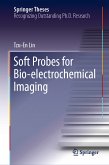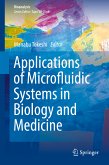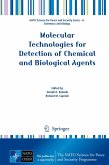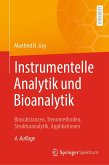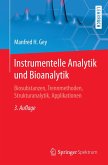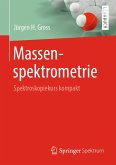This book describes the rational design, development and application of nucleic acid amplification strategies for biosensing, bioimaging and biomedicine. It consists of fifteen chapters demonstrating the use of these strategies in various areas, including fluorescence techniques, Chemiluminescence biosensors, electrochemiluminescence biosensors, colorimetric assays, surface plasmon resonance technologies, electrochemical DNA sensors, photoelectrochemical biosensor, nanopore sensors, quartz crystal microbalance, fluorescence imaging, surface-enhanced Raman spectroscopy, in vitro and in vivo metal ions detection, theranostics and microdroplet chips. Offering a collection of reviews illustrating the latest advances in biochemical analysis and therapeutics, the book shares valuable insights into current challenges and future prospects, making it a valuable resource for a wide readership in the various fields of biosensing, bioimaging and biomedicine.
Dieser Download kann aus rechtlichen Gründen nur mit Rechnungsadresse in A, B, BG, CY, CZ, D, DK, EW, E, FIN, F, GR, HR, H, IRL, I, LT, L, LR, M, NL, PL, P, R, S, SLO, SK ausgeliefert werden.



